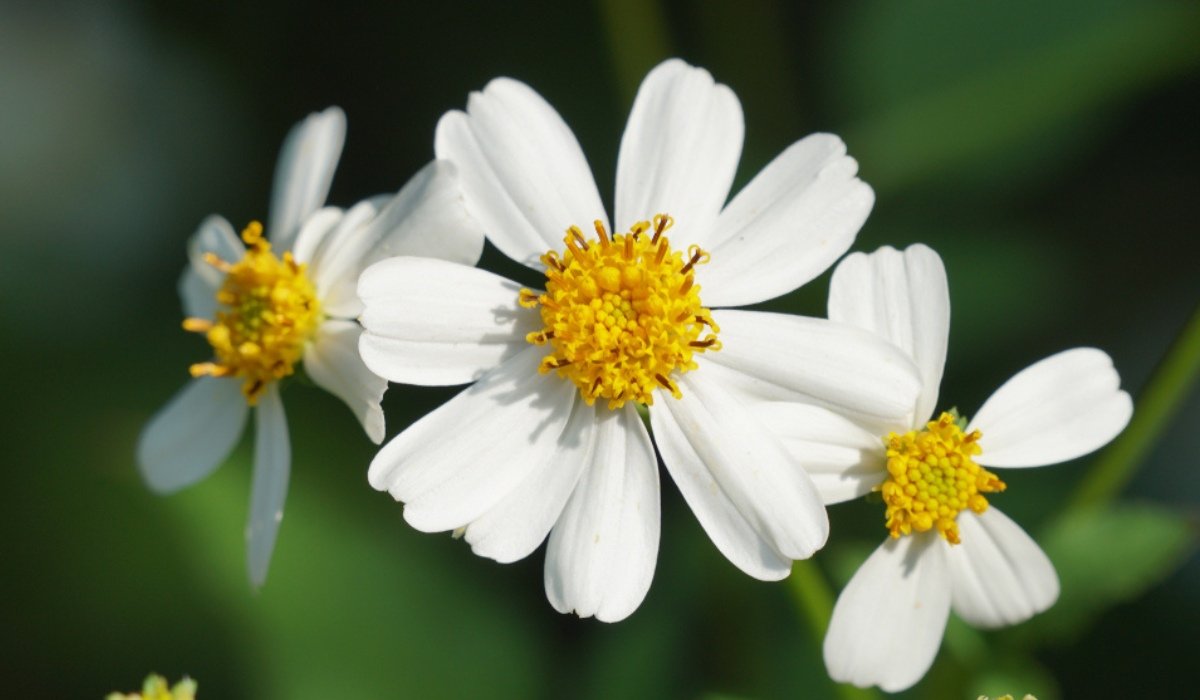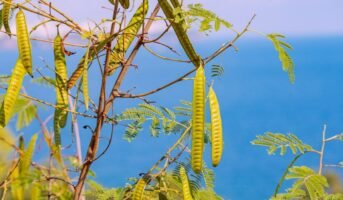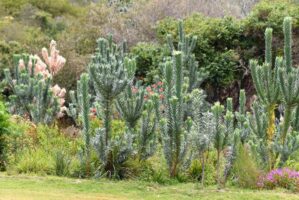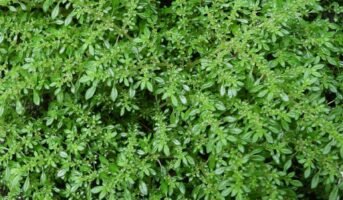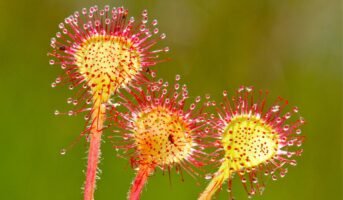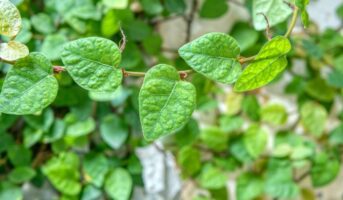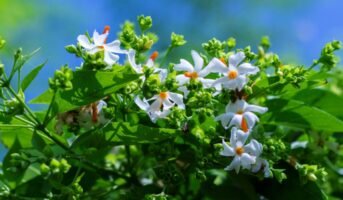Bidens Pilosa is a perennial herbaceous flowering plant. It is native to the United States but is grown as an ornamental plant in many other countries. The genus name comes from the Latin word Bidens, which means “two stamens”. The species name refers to the leaves having a pinnate shape.
What is Bidens Pilosa?
Bidens Pilosa is a perennial plant that can also be found growing in the wild in parts of Africa, Australia, and South America. The plant grows to about 1 foot (30cm) tall and has small leaves with pointed tips.
It produces small yellow flowers that bloom from June through August. The plant’s flower heads are usually purple, yellow or white and contain both ray florets and disc florets. The fruit is an achene with a white pappus of scales that may be either smooth or papillate. Crown of thorns is a perennial vine that grows
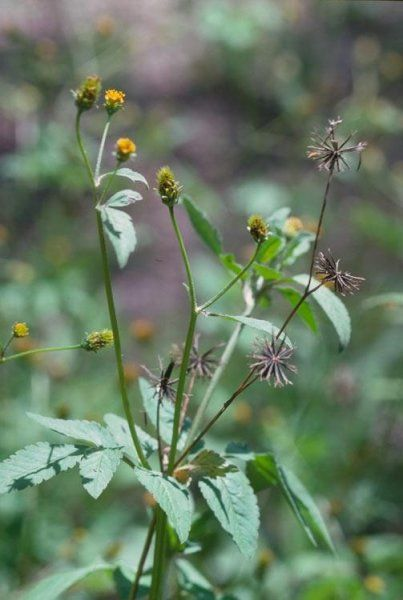
Source: Pinterest
Bidens Pilosa: Quick facts
| Plant Name | Bidens pilosa |
|---|---|
| Common Name | Hairy beggarticks |
| Family | Asteraceae |
| Genus | Bidens |
| Life Cycle | Perennial |
| Mature Size | 1-Foot |
| Cultivation | Africa, America, Asia, Australia |
| Benefits | Medical Uses |
Bidens Pilosa description

Source: Pinterest
- Bidens pilosa is a perennial plant that grows up to 0.5 metres high and can reach up to 1.8 metres in height with age.
- Stout roots are similar to bulbous roots and spread by underground rhizomes.
- The leaves are opposite and have petioles that extend well beyond the leaf margin.
- The plant produces spikes of small, greenish-yellow flowers with straight stamens that grow in groups of three at the end of each flower stalk.
- The fruit capsules are about five millimetres long and flat-topped into a beaked shape with three to four valves.

Source: Pinterest
Bidens Pilosa propagation and plantings
Plants of the Bidens genus can be propagated from seed, cuttings, or division, making it relatively easy to multiply them.
Take an actively growing stem from the plant with a node if you wish to propagate by cuttings. It should be planted in moist, rich potting soil and frequently watered until it begins to grow.
This flowering beauty can be multiplied by dividing Bidens plants. It is best to wait until spring to divide Bidens which are perennials in southern regions.
Bidens Pilosa growth and development
Since Bidens pilosa needs to be grown in full sun, it does best in an area that receives between 6 and 8 hours of sunlight each day. The basic requirements for growing this plant are sunlight and well-drained soil. The seeds will germinate best when temperatures are between 10 and 25°C.
In addition to this requirement for good flowering, Bidens pilosa also needs consistent soil moisture. The roots need to stay moist throughout their growth period to thrive.
If you reside in a dry climate, water your plants once every two weeks while they are young (you can also give them more frequent watering if it gets too hot). After this initial watering, stop watering until springtime, when temperatures start getting warmer again.
Bidens Pilosa uses
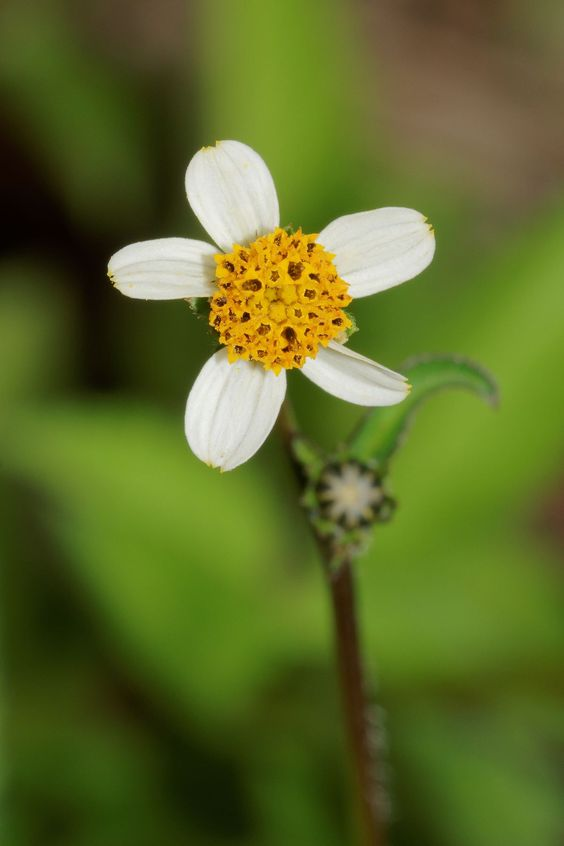
Source: Pinterest
- It is an annual herb with showy flowers and long-lasting seed pods.
- The plant is used as an ornamental plant, especially in gardens or landscaped areas.
- The seeds are used by birds as food, and the leaves by animals.
- In addition to its antibacterial, antidysenteric, and hypotensive properties, its roots, leaves, and seeds have anti-inflammatory properties as well.
- Peptic ulcers and stomach disorders are treated with Bidens pilosa in folk medicine.
Is Bidens Pilosa toxic?
Bidens pilosa is regarded globally as an edible plant and does not have any noticeable side effects.
FAQs
What are the benefits of Bidens pilosa?
There is medicinal use for Bidens pilosa in areas of Africa and Asia. In addition to its antibacterial, antidysenteric, and hypotensive properties, its roots, leaves, and seeds have anti-inflammatory properties as well.
Are ulcers cured by Bidens pilosa?
Folk medicine uses Bidens pilosa to treat stomach disorders, including peptic ulcers.
What is the life cycle of Bidens pilosa?
Bidens pilosa is an annual broadleaf species belonging to the Asteraceae family with a 150-360-day life cycle.
Bidens pilosa is known by what common name?
Spanish needle, black-jack, and beggarticks are some of Bidens pilosa’s common names.
Housing News Desk is the news desk of leading online real estate portal, Housing.com. Housing News Desk focuses on a variety of topics such as real estate laws, taxes, current news, property trends, home loans, rentals, décor, green homes, home improvement, etc. The main objective of the news desk, is to cover the real estate sector from the perspective of providing information that is useful to the end-user.
Facebook: https://www.facebook.com/housing.com/
Twitter: https://twitter.com/Housing
Email: [email protected]
